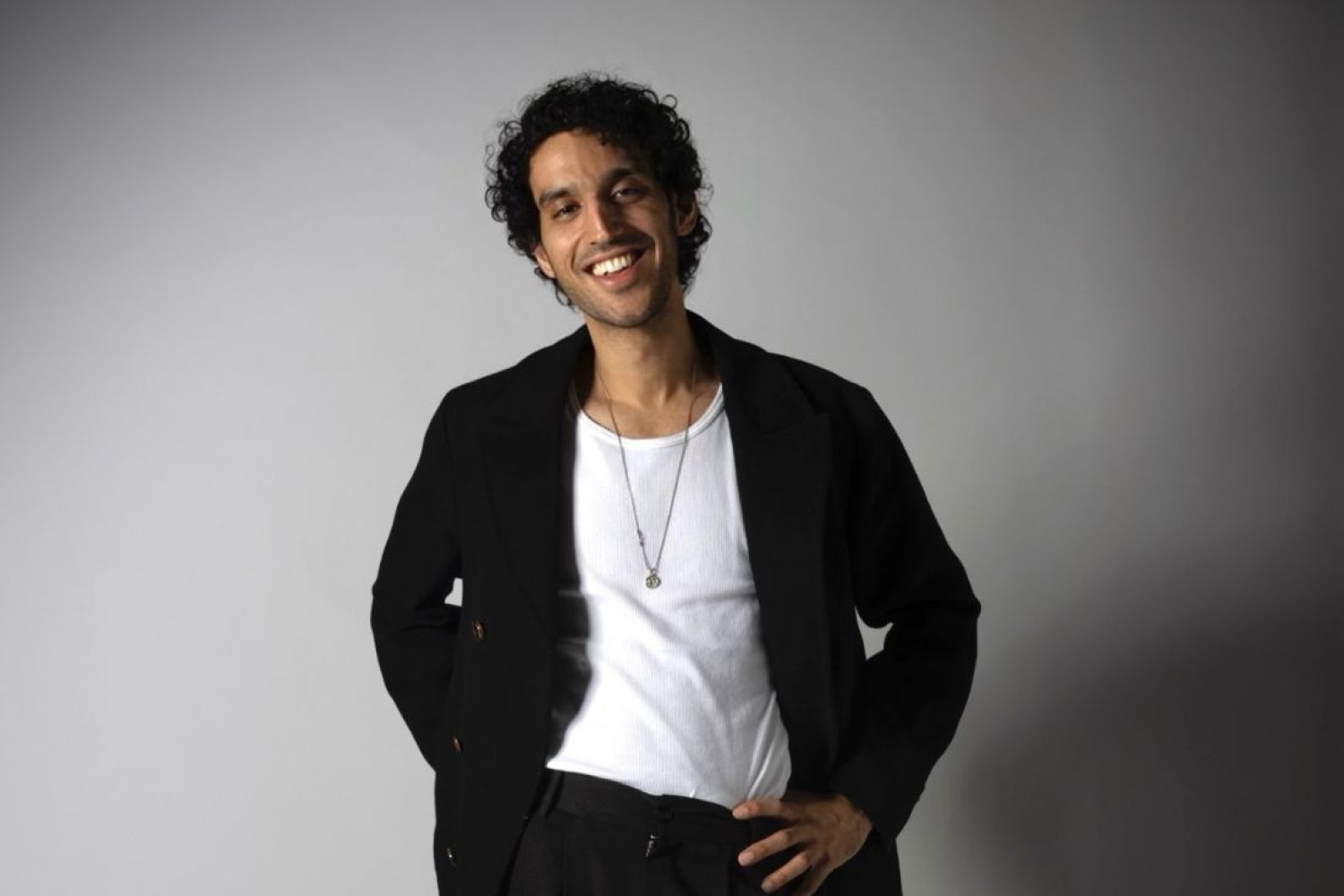

Arjun Varain Singh’s Kho Gaye Hum Kahan is being hailed as a film that explores the role of social media in our lives but Singh intended it to exist beyond that lens. The film uses the purview of social media to show the life of its three protagonists. At the beginning of the film, we see their childhood pictures, and videos of them attending school together, making a career in the city of Bombay—all of the nostalgia of growing up through the lens of their social media profiles. Singh tells us “A lot of people are saying it's about social media, but I don’t think so. A movie about social media would be boring. It has to be about the people who use social media. It is about how we express ourselves and connect with each other, the apps just happen to be an intrinsic part of our lives. What I wanted to do as a writer and a director is to make a movie about right now—what it means to live in Bombay.” In his 30s now, Singh feels like his generation today is searching for a nostalgic past, which made him include a lot of vintage elements in the film, making it a project that is very close to his heart.
Made with a yearning for simpler times, the film, at its core, explores how people from different upbringings live in the digital age. Neil, coming from a middle-class family, obsesses over attaining more material things on Instagram, Imaad is addicted to dating apps and has commitment issues due to his tragic past and Ahana can’t stop falling into the social media abyss of stalking her ex-boyfriend. With all of these scenarios, we find a little bit of ourselves in every character. We talk to Singh about the origins of the film, social media, nostalgia and today’s generation.
How did you give shape to a story of today’s generation?
I was working with Zoya [Akhtar] on Gully Boy and during the editing process, Zoya and I would often compare our respective generations—I used to talk to her about me, my friends and our relationship with social media and dating apps. It just kind of evolved from there. I started writing the first draft and I remember showing it to Zoya and Reema, and they said it's great but now throw this into the dustbin and get started again. Through several discussions and conversations during the lockdown, we sort of came up with what would eventually become the film.
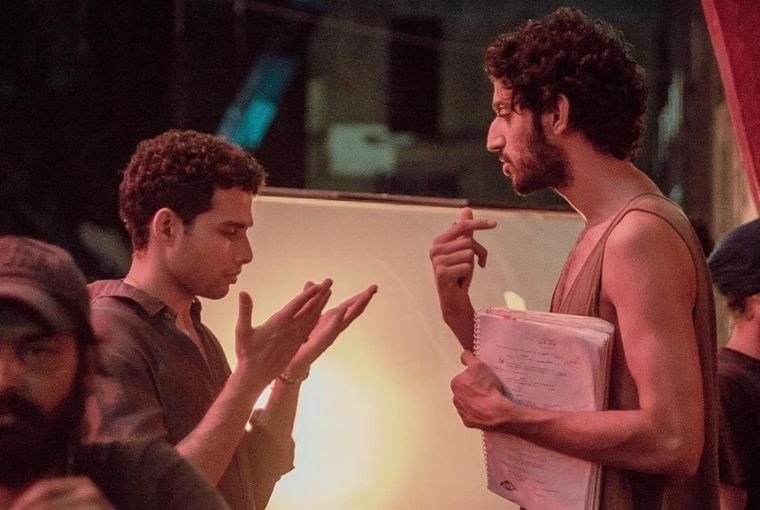
How do you think young directors can bring a new perspective to our films and do you see a lack of them in today's film industry?
I think I definitely feel very fortunate to be young and to be able to make my first movie at this age. When we look back towards the early 2000s, there were so many young directors like Ayaan Mukherjee or Shatran Bhattara, Zoya, and Farhan Akhtar. When you look at films like Rock On, you can tell that they were made by young filmmakers who were just telling stories about the world that they know. I feel like somewhere maybe that has kind of been diluted and there aren't as many young voices. I think it's just important to give young filmmakers the voices and the platform to be able to express themselves in the best way possible.
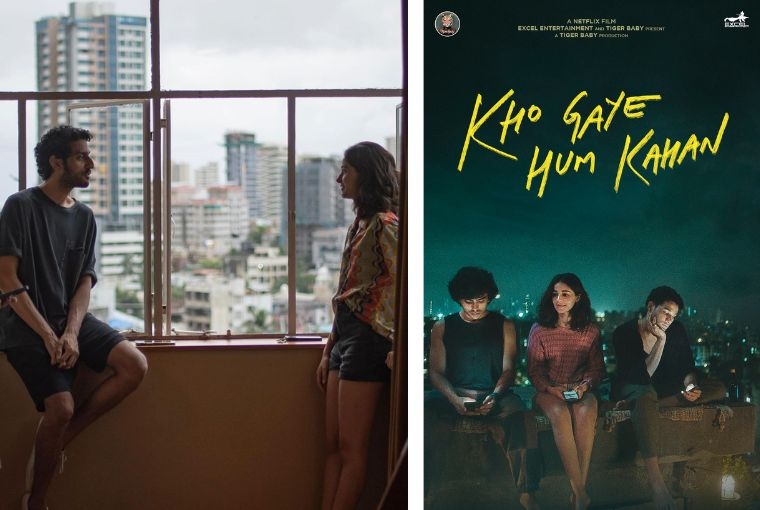
As a debut director, what steps did you take to ensure that your characters feel alive and relatable?
I went to film school, directed ads, and worked as an AD on films but never got a chance to direct actors, I think that was a challenge. I knew that being a friendship movie at its core, it was important for the actors to sort of have that camaraderie. If they're not friends in real life, it might feel forced on camera.
One of the first things that I did, once I'd signed all three of them, was make them come over to my place as much as possible. We would chill, drink and chat. We would talk in the wee hours about our lives, the characters, and the film, but also about how we feel about ourselves, and our relationships. The idea was just to make them bond. In those two months, we had to make them feel like real friends. The best way to do that was to go on a Goa trip. I got them to shoot a lot of footage, which we actually used in the "Hone Do Jo Hota Hai" montage. I think that really cemented the friendship. The entire crew just became a family before we even started shooting. It formed a trust. I pitched the trip to producers as something we needed to shoot but in my head, all I wanted to do was focus on the bonding and it became a really important part of directing them.
I don't think we ever set out to make a movie that would resonate as much as it did. I think it just kind of happened naturally. What I wanted to do as a writer and a director is to make a movie about right now, what it means to live in Bombay. I think invariably it just happened to be relatable to so many other people because on some level we're all living the same lives. We're all seeing the same memes, we're all sending the same shit on social media, we're all wearing some sort of armor and projecting.
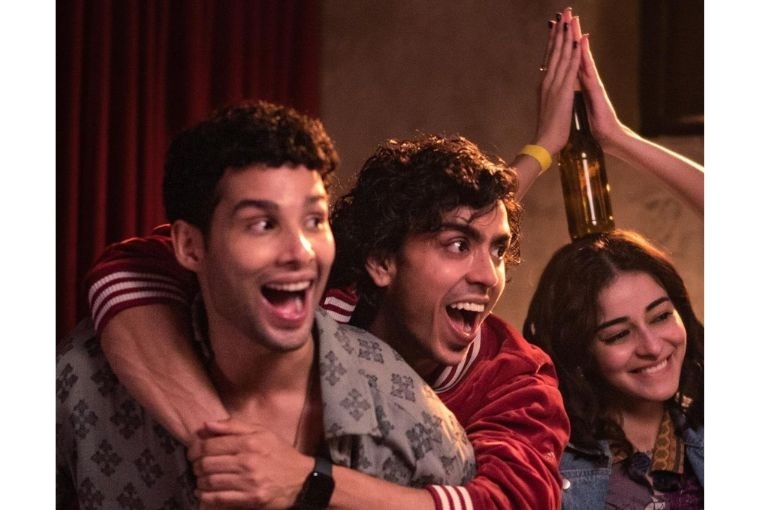
In Bollywood, more often than not, we see a romantic angle within a trio. Was it a conscious choice to form a platonic relationship between your three protagonists?
I think we've grown up watching movies through the nineties, where we're used to hearing that line that “a boy and a girl can never be just friends”—we’ve grown up with that ideology. But today when I look around, relationships are not the same anymore. I think the film is essentially what we are living. Why can these characters not live in the same apartment and also be friends? You talk about different things with different genders and you need a taste of both in your life as friends. I feel like platonic relationships form an important part of your life. And we need our films to be more real than dramatic.
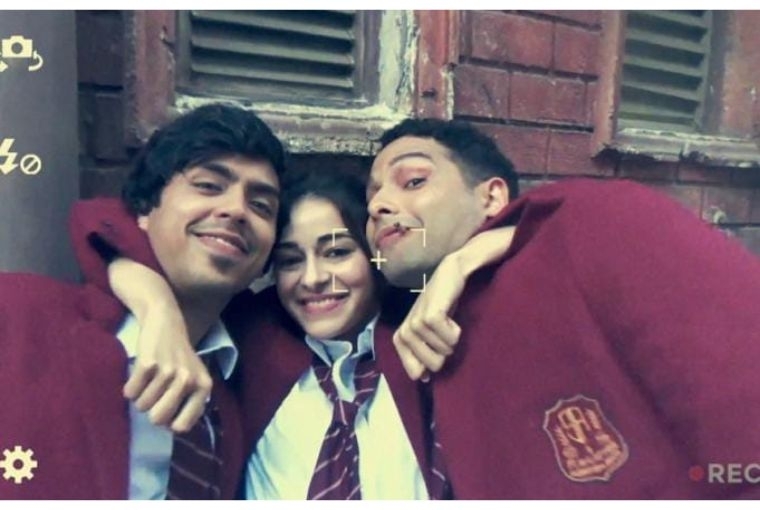
Do you think social media is making us pretentious and shallow? Did you intend to make a point about the same?
I think people have always been pretentious, all of us know South Delhi aunties who have been there before the birth of social media lol. The idea of the film is that the apps are not necessarily bad, yes they do have their problems and should improve in certain areas, but the problem very often lies within us.
What's happening is that we're using this technology as a crutch for our own problems. As Ahana realizes later on in the film that she was searching for validation in the wrong places and she needs to love herself. Once she does, she’s able to understand herself better and I think will be able to use social media appropriately. It's not necessarily a critique on social media or dating apps as much as it is a critique on ourselves.
Take us through the cinematography of the film.
We wanted to go a little vintage. We wanted it to have a certain polaroid, Instagram-like feel, but at the same time convey nostalgia for a simpler time. We live in this very high-tech digital time, but I feel like my generation is searching for a nostalgic past, which I think for me at least is the 90s. When phones weren't so common and you didn't have a hundred things to decide what to watch from. I think there's that yearning for the past, which is why we kind of like chose to shoot the film in a certain way with specific buildings. Even the building that Ahana works at, for example, could have been a glass tower in Gurgaon but we very specifically chose to give it a 90s feel.
Is there something next brewing for you?
I've got two projects that are currently in development. If Kho Gaye is about being 25, I think the next one is going to be about being 30 and finding purpose in life. The other one is something completely different because I want to explore other places and stories.
Words Paridhi Badgotri
Date 10.01.2024